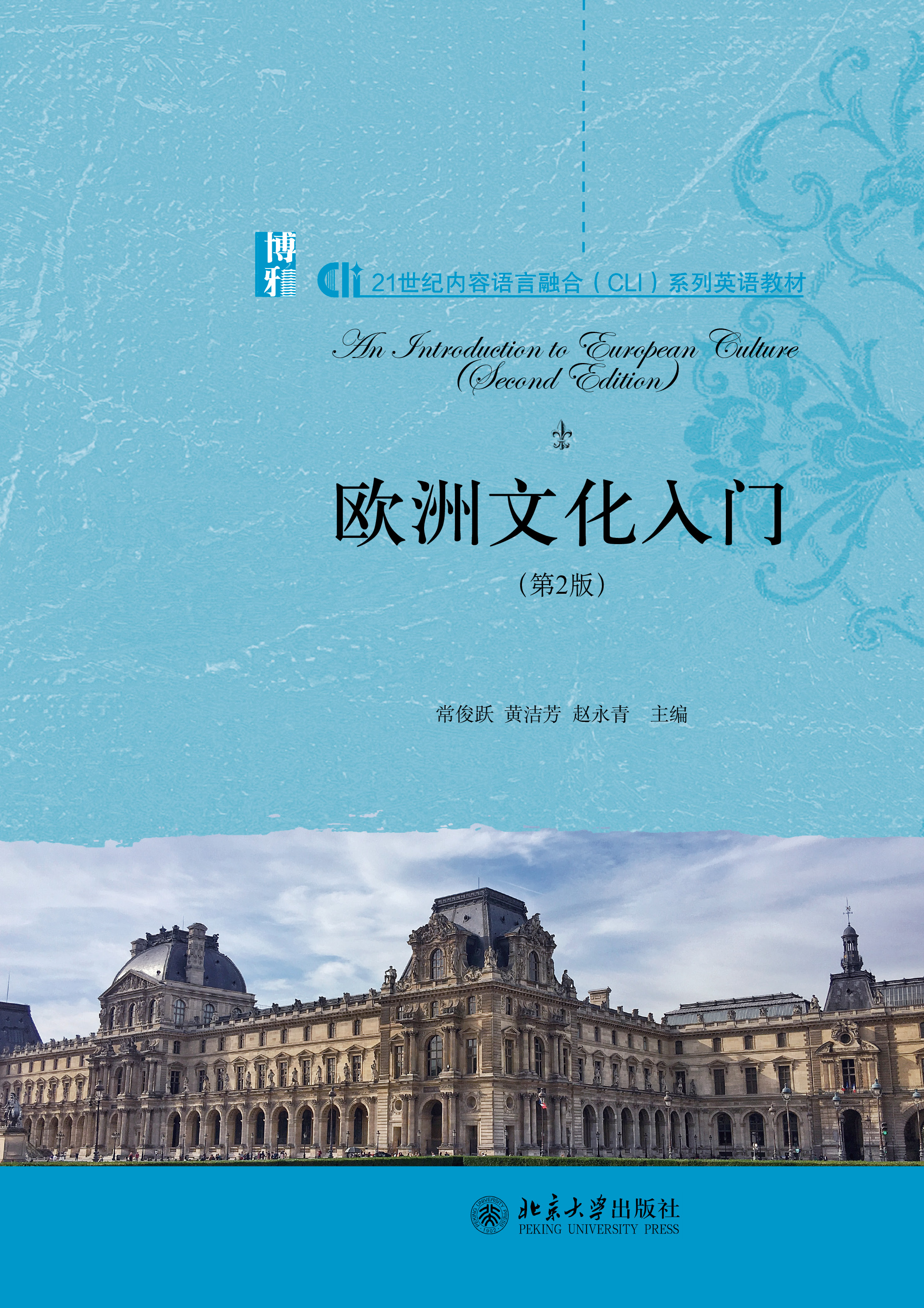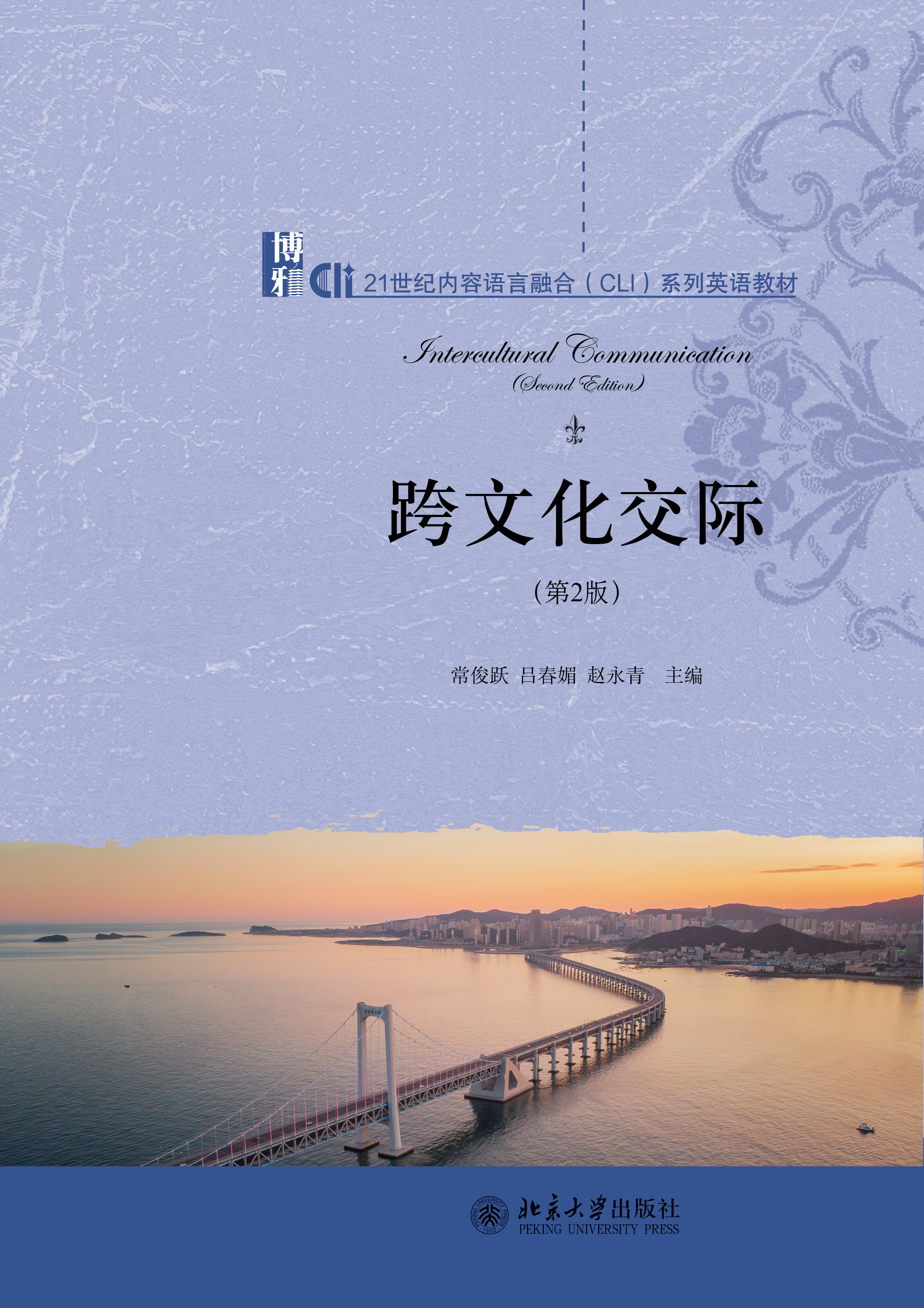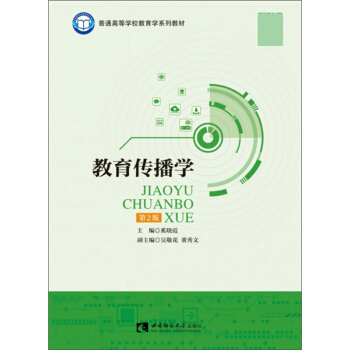英语写作教程——从创新思维到批判思维 3
作者: 张在新
出版时间:2011-03
出版社:外语教学与研究出版社
“十二五”普通高等教育本科国家级规划教材
- 外语教学与研究出版社
- 9787513507172
- 237589
- 2011-03
- 146
将创新思维策略与写前构思技巧结合,同时也将批判思维训练渗透到写作阶段,并重点在议论文中运用,为学习者挖掘写作题材、培养和开发创新能力、提高批判思维水平提供一个全新的体验空间
采用在实践中学习的教学理念,教学内容的编排遵循由浅入深、精讲多练的原则;课堂练习、课外作业围绕教学的目的和技能而设计
编者博客提供适量影视片段、电视公益和商业广告等多媒体材料作为练习的补充,学习者能从日常生活的可视侧面感受创新思维和批判思维在写作学习中的重要性及实践意义
第三册(《中心思想与扩展形式》)以文章论点(thesis)为中心,学习者将掌握有关篇章结构的写作和修改技巧,提高布局谋篇的写作能力。其中内容包括论点的新颖性(the less usual side)、段落要点(topic sentence)、开头(introduction)、结尾(conclusion)、条理(cohesion)、句式变化
Contents
Syllabus VIII
Unit 1 Thesis Statement 1 I What a Thesis Statement Is 1
II What a Good Thesis Statement Is 3
1 Content 3
2 Form 4
III Strategies That Help to Shape Your Essay 5
1 Verbal Links 5
2 The Wheel 6
Unit 2 Modes of Development for a Thesis (1):
Cause and Effect 11
I Cause and Effect 11
Essay Assignment 13
II Problem/Solution Essay 14
1 How to Raise a Proper Problem 15
2 How to Find Solutions 16
Unit 3 Topic Sentence Paragraph 41
I Topic Sentence 41
II The Controlling Idea of a Topic Sentence 42
III The Structure of a Topic Sentence Paragraph 43
IV Function Paragraph 44
V Modes of Development for a Topic Sentence Paragraph 44
Unit 4 Introduction and Conclusion 52
I Elements of a Good Introduction 52
II Strategies for Effective Beginnings 53
III Conclusion 55
Unit 5 Modes of Development for a Thesis (2): Division and Classification, Definition 62
Essay Assignment 63
I Division and Classification 65
II Definition 80
Unit 6 Revising Techniques (1) 92
I Revising Modifiers 92
1 Misplaced Modifiers 92
2 Dangling Modifiers 93
II Revising Unclear Pronoun Reference 93
III Revising Wordiness 94
IV Revising Clichés 94
Unit 7 Modes of Development for a Thesis (3):
Comparison and Contrast 97
l Evaluation Essay 97
II Organizational Patterns for Evaluation 98
1 Point-by-Point Contrast 98
2 Block-by-Block Contrast 99
Unit 8 Revising Techniques (2) 113
I Sentence Variety 113
II Sentence Combining 114
III Transitions 116
1 Within Paragraphs 116
2 Between Paragraphs 117
Key to Exercises 122
Appendix I: Writing Process Strategies 139
Appendix II: Writing Checklist 140
Appendix III: Peer Evaluation 141
References 145


















